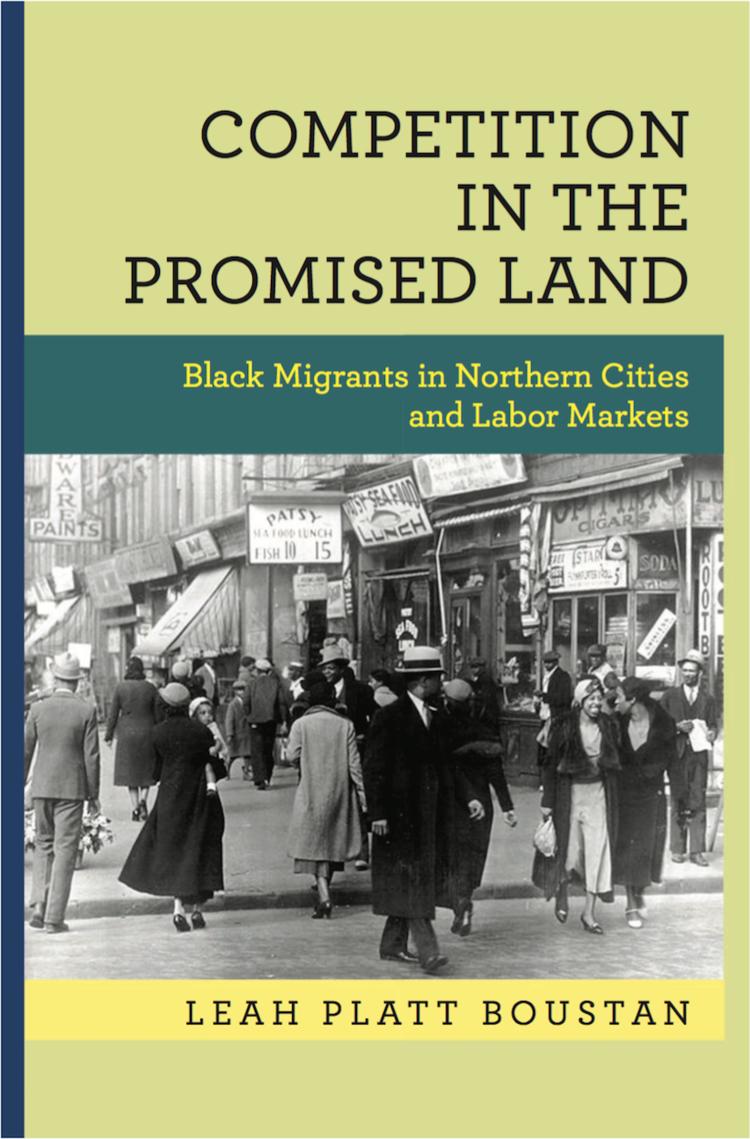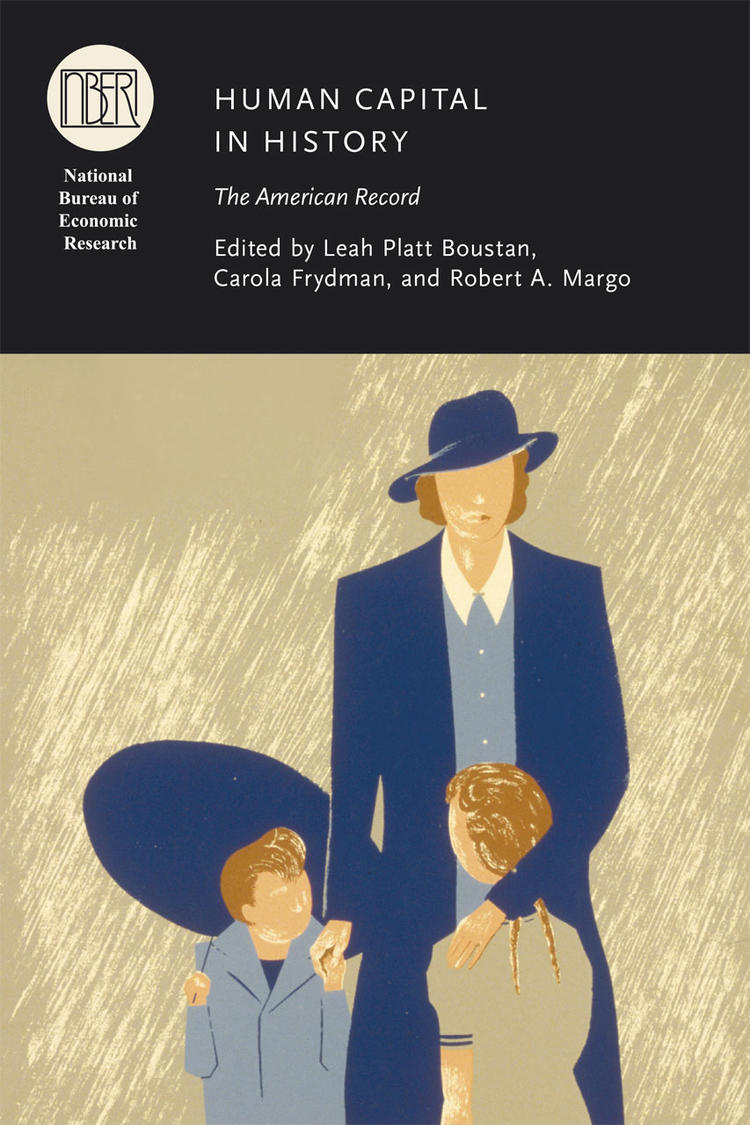Streets of Gold: America's Untold Story of Immigrant Success
Public Affairs, 2022
The facts, not the fiction, of America’s immigration experience.
Immigration is one of the most fraught, and possibly most misunderstood, topics in American social discourse—yet, in most cases, the things we believe about immigration are based largely on myth, not facts. Using the tools of modern data analysis and ten years of pioneering research, new evidence is provided about the past and present of the American Dream, debunking myths fostered by political opportunism and sentimentalized in family histories, and draw counterintuitive conclusions, including:
- Upward Mobility: Children of immigrants from nearly every country, especially those of poor immigrants, do better economically than children of U.S.-born residents – a pattern that has held for more than a century.
- Rapid Assimilation: Immigrants accused of lack of assimilation (such as Mexicans today and the Irish in the past) actually assimilate fastest.
- Improved Economy: Immigration changes the economy in unexpected positive ways and staves off the economic decline that is the consequence of an aging population.
- Helps U.S. Born: Closing the door to immigrants harms the economic prospects of the U.S.-born—the people politicians are trying to protect.
Using powerful story-telling and unprecedented research employing big data and algorithms, Abramitzky and Boustan are like dedicated family genealogists but millions of times over. They provide a new take on American history with surprising results, especially how comparable the “golden era” of immigration is to today, and why many current policy proposals are so misguided.
Competition in the Promised Land: Black Migrants in Northern Cities and Labor Markets
Princeton University Press, 2016
| Data and Summary by Chapter |

From 1940 to 1970, nearly four million black migrants left the rural South to settle in the industrial cities of the North and West. Traditionally, the Great Black Migration has been lauded as a path to black economic progress. Competition in the Promised Land challenges this view, arguing instead that the migration produced winners and losers. Migrants themselves gained tremendously, more than doubling their earnings by moving North. But these new arrivals competed with existing black workers, limiting black-white wage convergence in northern labor markets. Furthermore, many white households responded to black in-migration by relocating to the suburbs. White flight was motivated not only by neighborhood racial change but also by the desire to avoid local public services and fiscal obligations in an increasingly diverse central city.
Competition in the Promised Land employs state-of-the-art econometric methods to provide new evidence on the far-reaching effects of black migration on receiving areas. Each chapter contains a creative analysis of historical Census data, offering convincing new estimates of the return to migration from the South, of white flight from central cities, and of the fiscal/political motivation for white departures. Black in-migration in the mid-twentieth century had long-lasting consequences on northern cities, contributing to the slow black economic progress and persistent white suburbanization of today.
Book Reviews
The New York Times
Eh.net
Journal of Southern History
American Historical Review
Human Capital in History: The American Record, co-edited with Carola Frydman and Robert A. Margo
Chicago: University of Chicago Press, 2014

America's expansion to one of the richest nations in the world was partly due to a steady increase in labor productivity, which in turn depends upon the invention and deployment of new technologies and on investments in both human and physical capital. The accumulation of human capital-the knowledge and skill of workers-has featured prominently in American economic leadership over the past two centuries.
Human Capital in History brings together contributions from leading researchers in economic history, labor economics, the economics of education, and related fields. Building on Claudia Goldin's landmark research on the labor history of the United States, the authors consider the roles of education and technology in contributing to American economic growth and well-being, the experience of women in the workforce, and how trends in marriage and family affected broader economic outcomes. The volume provides important new insights on the forces that affect the accumulation of human capital.
Book Reviews

